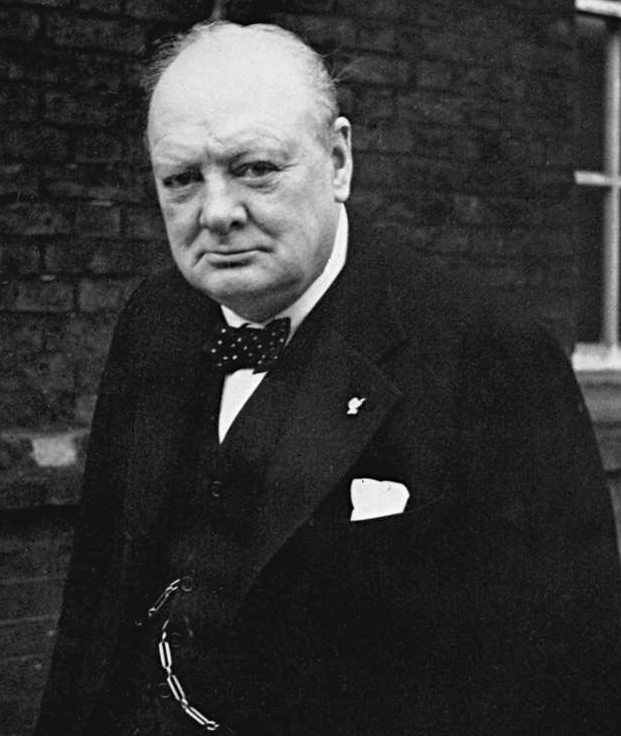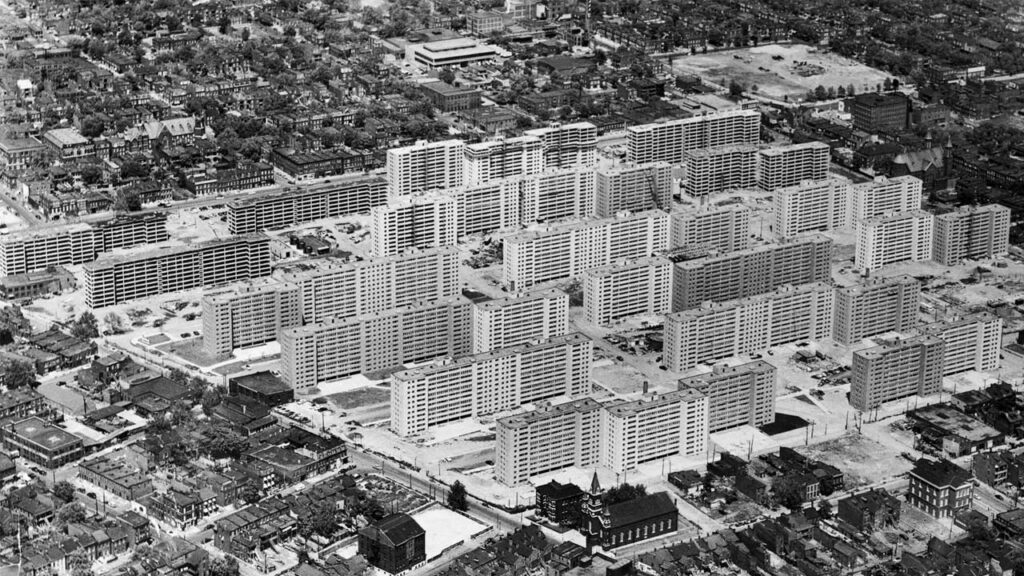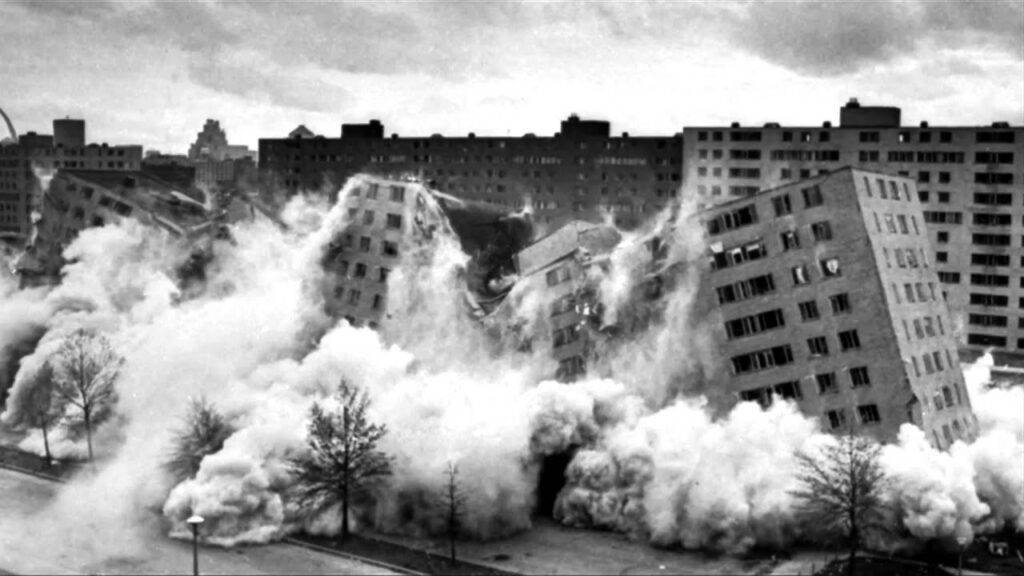It is common sense to think about architecture as something shaped by society. Historians and anthropologists, indeed, have often used urban structures and residencies to learn about the people who inhabited them. The simplest way to see the architecture is that of a shelter, a physical environment in which people live. Shaped by the climate of a geographical area, the materials, and skill available, as well as the values of the society building them.
However, as Winston Churchill declared in 1943 while considering the bombed House of Commons,

We Shape our buildings and afterwards our buildings shape us
Winston Churchill, Oct. 1943
This statement, which at the time wasn’t backed up by any scientific evidence, today would not only be a catchphrase, but it would also have the support of psychologists and neuroscientists.
Architecture, design, and city planning, in fact, have been proven to affect human beings’ emotions and behaviors.
Before looking at some of the studied indoor and outdoor characteristics that can affect our behaviours and general mood, a historical case study has to be introduced: the St Louis Pruitt-Igoe public housing project.
The Pruitt-Igoe public housing complex has been one of the first responses to the evolution of urban population taking place after WWII. The 2870 apartment units, designed in the 1950s by the Japanese architect Minoru Yamasaki, have been partially demolished in 1972, after a reported proliferation of property crime, gang activity, drug dealing, prostitution and murder. Critics argue that the wide, open spaces between the multi-story blocks discouraged a sense of community, especially as crime rates started to rise. The entire edifice, in fact, was conceived to respond to the only functional need of housing as many people as possible, without considering how certain features could affect the individual and the community.

Which are then some of the characteristics of both the interior and exterior design that can affect human beings?
It makes sense to start with the two elements that enable us to see and individuate differences between things: lights and colors. An Australian study published in 2015, discovered that according to the type of lighting, both in terms of intensity and of color, people could have a different reaction. For example,
pale lighting usually generates comforting and peaceful feelings, while bright lighting leads to a higher heart rate and increased vigilance.
Deep blue lightning instead, reduces stress and anxiety; evidence of this has been detected in Japan, where blue lights were installed in specific underground stations to reduce the rate of suicides. Results have shown to be positive, with a drop in suicide by 74% in the treated stops, and no increase in ordinary stations.

Two more traditional examples are restaurants and hospitals. Generally, the lights of the former are warm, dim, usually accompanied by candles or lanterns. All these details convey to consumers a feeling of intimacy, making them relax and pushing them to stay a bit longer. The latter, on the other way, tend to have white, strong lightning which imposes concentration and cleanliness standards on the staff.
The second feature of interior architecture is the ceiling. Even though this feature could be considered a straightforward one – people suffering from claustrophobia can easily argue that higher ceilings make them feel better, here what has been considered is not a sense of anxiety or fear, but creativity. A 2007 study in Minnesota states that higher ceilings can stimulate freedom causing people to engage more in abstract thinking. On the other hand, a lower ceiling can boost a sense of repression, causing people to think inside circumscribed boundaries.
Finally, the third element relates to both the outside and inside environment: windows. Research by the Heschong Mahone Group has shown that having green spaces on the other side of the window improves productivity and happiness. An industrial scenery, instead, takes part in the increase in stress and motivational lack. Moreover, studies have demonstrated how office workers being exposed to natural light, tend to be healthier, productive and to keep a better sleep pattern with respect to employees with no large window next to them.

Going back to the Pruitt-Igoe complex, it is now understandable which design elements – low ceilings, harsh lightning, lack of greenery, bare facades, most likely led to the increase in anxiety and violence inside the community.

Finally, I would like to briefly present three organizations which are trying to apply the above-mentioned theories to their social, design and architectural projects:
Happy City
Founded by Charles Montgomery – award-winning author, and urbanist. Happy City is an urban planning and design consultancy, which on the basis of the theories that Montgomery analyses in his book ‘Happy city, Transforming our Lives Through Urban Design’, uses the science of Wellbeing to create healthier, and more inclusive communities.
Snohetta
Snohetta is a Norwegian architecture, land architecture, interior design, and brand design office. Renowned internationally for its trans-disciplinary way of thinking, the studio put experience at the center of the design process, for the creation of spaces that engage the senses and physicality of the body while fostering social interactions.
Projects for Public Spaces
Public Spaces is a cross-disciplinary team devoted to the creation of public spaces through placemaking, an approach that helps communities to transform their public spaces into vital ones that highlight local assets, stimulate rejuvenation, and serve common needs.
To conclude, you may have started to think about all those details that you find either annoying or relaxing in an environment. Maybe in some cases, you found yourself agreeing or disagreeing with the above findings, it makes sense since research relates to a sample of people, and in particular to an average. However, it comes quite evident, at least for public spaces, that a combined approach of both psychology and architectural science could provoke a higher level of wellbeing and social interactions among people in real life, maybe creating a time and space for a better understanding of others too.